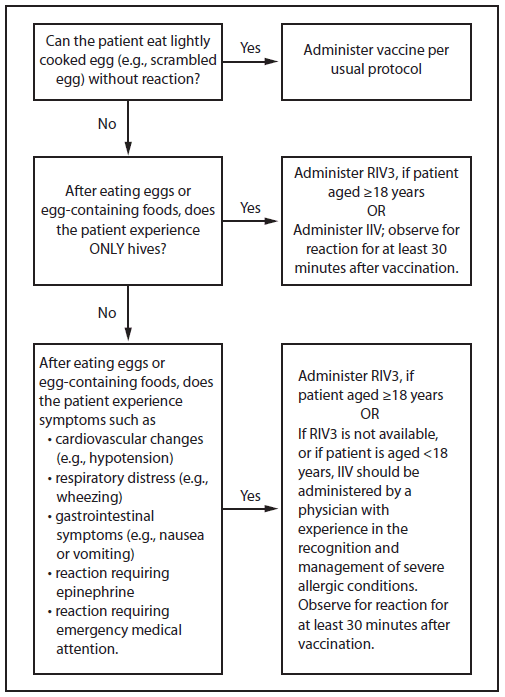Flu Shot 2015-16
I’m sure you realize that it’s pretty much impossible to predict which of the hundreds of variants of influenza virus will “win out” and spread throughout the world in any given year – or which flu shot vaccine we should begin making nearly a year in advance!
Child hospitalized with influenza on respirator
Those of us who remember the first several seasons of getting a flu shot, and how “squirrely” the recommendations for who should get them were, realize now just how naïve we were in thinking that the shot matched the virus and that we would be fully immune, perhaps for an extended time.
Actually, it did match as close as it ever has, those first few years. The Virus has mutated since then many times, immunization technology has greatly improved and the amount of knowledge about the body’s response to both has vastly expanded.
I was in an “at risk” group the first year (medical profession) but some of my patients (children) were not. Vaccine was scarce and it was rationed to certain categories of people. The press was, as usual, amplifying every “scary” miniscule nuance that could get them headlines; but, nowhere near giving the disease the credence and rationality that it should get across to the public.
Since then new words such as H1N1, H7N9, H5N1, H3N2, Avian, Bird, Swine, Hong Kong Flu, Mexican Flu, Mutations, Variants and others have all forced us into realizing that this is more complicated than we thought and the latest information the CDC (Centers for Disease Control) has for doctors is located on this page full of flu stuff.
The Latest Scoop on Flu Shots
So, what’s the latest scoop for the 2015-16 year?
Well, Influenza still causes millions of illnesses, hundreds of thousands of hospitalizations, and thousands of deaths each season. Less than what would be if there were no flu shots; but, a lot more than there would be if flu shots were universally available and people were immunized. The majority of illness occurs in UN-immunized individuals and communities – terrible but not a surprise.
Dosing for Children Aged 6 Months Through 8 Years
Latest research shows that children 6 months to 8 years old don’t mount as an effective response to the vaccine as we thought they did until they’ve had two doses; so, two doses (4 weeks apart) are required in order to protect them adequately for their first go through.
Those 0.5-8 year olds who haven’t already had two doses of vaccine previously should have the two dose regimen, those that have already had two injections in the past need only one dose this year. Everyone else should get one – all ages, all professions, all ethnicities. Except for those very few with contraindications.
Live Attenuated Influenza Vaccine (LAIV) No Longer Preferential
Additionally, early reports that the LAIV was more effective for children didn’t pan out; so, either it OR the inactivated influenza vaccine (IIV) may be given equally effectively.
Timing Of Immunizations
Each year’s flu shot should be timed to be prior to the flu season in your area, by several weeks. Doctors are asked to begin offering vaccinations by the end of October which is about the right time for everyone to get them in the US.
There is no benefit from waiting to see what develops because all the vaccine has already been manufactured months before and is stockpiled – and if you wait, it may be too late – or too late for someone you care about who you have given it to.
If the experts didn’t guess exactly, we know that even it it doesn’t exactly match we will get some partial benefit which may be enough to keep people out of the hospital.
Rationing Shortages of Vaccine
There doesn’t seem to be any shortage of vaccine this year in the US; HOWEVER, should one develop, the following persons should be emphasized to receive vaccination: Children 6 – 59 months, adults over 50, those with chronic pulmonary or cardiovascular diseases, immunosuppression, pregnant women, children 6-18 years on chronic aspirin therapy (Reye syndrome risk), long-term care facility residents, American Indians/Alaska Natives and the Obese with BMI >= 40kg/m².
Egg Allergy Less of an Issue
The large scale production of the Influenza vaccines nearly all involve eggs and some people have gotten an “exemption” in the past by stating that they are “allergic to eggs.” No more.
These days we realize that there is very little risk from the flu immunizations if a person can eat lightly cooked eggs without problems or if they can eat egg containing foods with only hives as symptoms.
Even if there are more serious symptoms from eggs the Recombinant Influenza Vaccine, Trivalent (RIV3) can be given if the patient is over 18; and Inactivated Influenza Vaccine (IIV) in the presence of a physician with experience in management of severe allergic conditions and observed for over 30 minutes. [Click on the chart at the right to see full algorithm.]
This Year’s Vaccines
The specific viruses used to make the vaccines have changed a bit this year from last. Even though there are hundreds of different variations (which could never be made into a single vaccination) there are enough similarities that if representative virii are chosen from three different groups the resulting vaccination is protective.
You may not know the exact names but the tri-valent (meaning against three types) vaccines licensed in the US all contain hemagglutinin (HA) – the smallest “dead” fraction of a virus still found to generate an immune response and protect against the full virus – from these three virii: an A/California/7/2009 (H1N1)-like virus; an A/Switzerland/9715293/2013 (H3N2)-like virus; and, a B/Phuket/3073/2013-like (Yamagata lineage) virus.
The US licensed Quadri-valent (against four types) influenza vaccines will contain all of the tri-valent plus: a B/Brisbane/60/2008-like (Victoria lineage) influenza virus.
The CDC has free resources in several languages to explain all about the disease, it’s prevention and treatment; including plain language flu documents in English, Spanish and many other languages.
[http://www.cdc.gov/flu/freeresources/index.htm]



